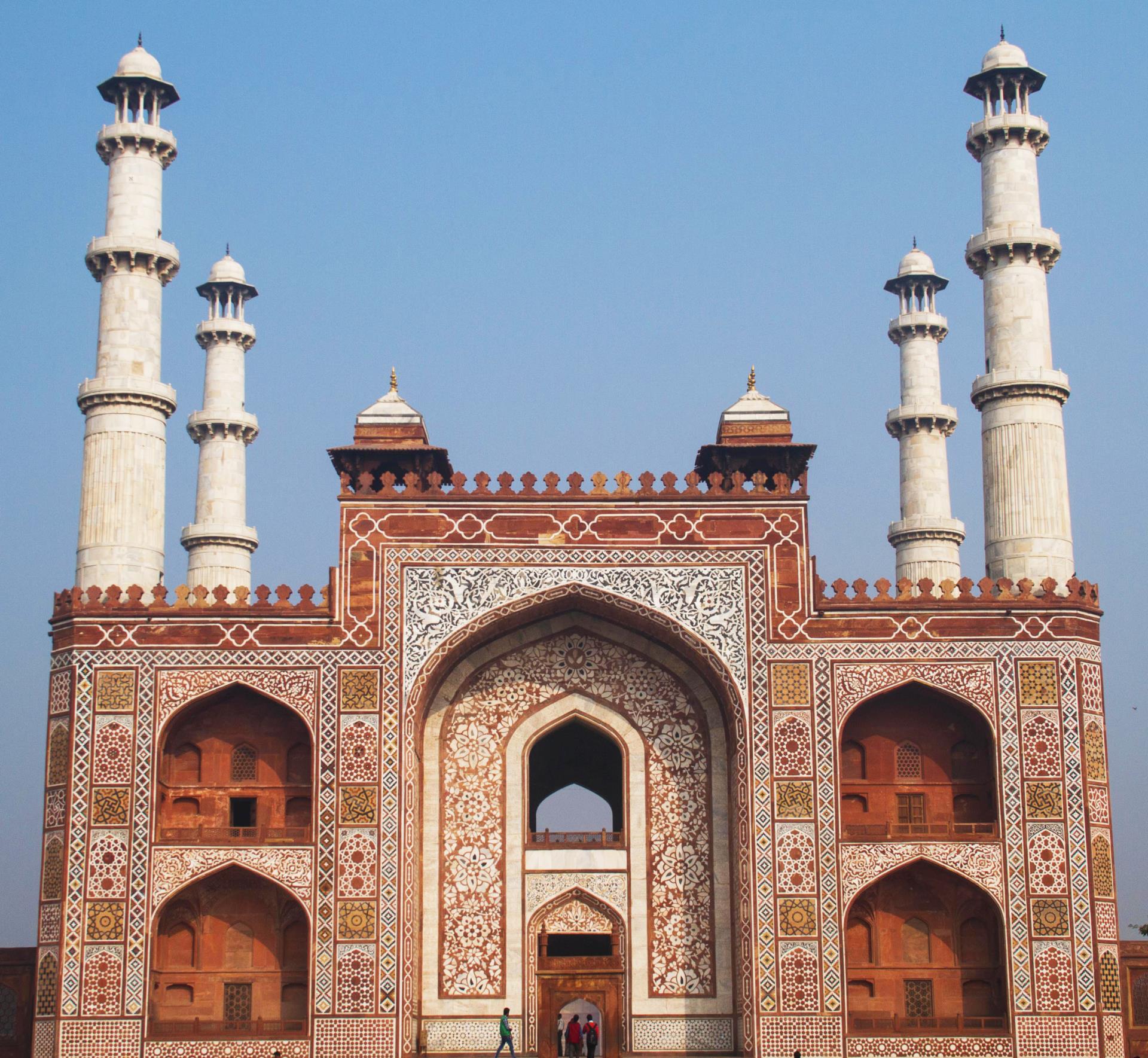Sorry, we couldn't find anything that matches your search.
Destination

Famous Places to Explore in Hyderabad
A vibrant city with the imposing...

Raipur Tourist Places | Best Place to Visit
The stronghold of several erstwhile...

Ahmedabad
Declared as India's first UNESCO World...
#
Mughal emperor Shah Jahan, the creator of the Taj Mahal, said that the beauty of the monument made “the sun and the moon shed tears from their eyes”. It has also been described as a “teardrop on the cheek of eternity” by Nobel laureate Rabindranath Tagore. Every year, thousands of tourists from around the world make a beeline for this breathtakingly ethereal marble monument, considerd by many as the most beautiful building constructed by man. The monument was built as a memorial by Mughal emperor Shah Jahan for his deceased wife, Mumtaz Mahal. It is one of the seven wonders of the world and is a monument of pride for not just Agra but also India.
A UNESCO World Heritage Site, it is featured in almost all literature about India and is one of the most enduring images of the country. Its name is believed to have been drawn from the Persian language: ‘taj’ means crown and ‘mahal’ means palace, thus making this the palace of the crown. Interestingly, the queen it was built in memory of, originally named Arjumand Begum, held the name Mumtaz Mahal, which meant the crown of the palace. Although it is best known as a symbol of love, a grieving emperor’s ode to his deceased queen, another legend sees the Taj Mahal as an embodiment of Shah Jahan’s vision of kingship. The story goes that he sought to build something akin to heaven on earth, a spectacular, unbelievably beautiful monument that reinforced the power as well as the perceived divinity of the monarch as next only to the Almighty.
It is also widely believed that emperor Shah Jahan invited artisans from Italy and Persia to work on this marble monument. It is said that Ustad Ahmad Lahori was the chief of the project while Ustad Isa Afandi made the site plan. The calligraphic work has been credited to Amanat Ali Khan Shirazi. A fascinating aspect of this structure is that it looks the same from all four sides, except the one that faces River Yamuna. This side is said to have been especially embellished to serve as the main entrance for the emperor. Shah Jahan would approach the Taj Mahal from the river, aboard a barge, while the entrance used by tourists today served, at the time, as an entryway for soldiers and common people. There are intricate inscriptions on all four entrances, while marble carvings and pietra dura mosaics adorn the walls. Lapis-lazuli, cornelian, mother of pearl, agate and emerald are some of the precious gems and stones that were once used in its design. It is said that work on its construction began in 1631. Legend has it that it took 20 years to complete this architectural marvel!
It is also riddled with optical illusions and masterful architectural safeguards. As one first beholds the monument from the main gate, for instance, the Taj Mahal looks large and imposing, but as you move closer, it appears to shrink in size. Also, the minarets surrounding the edifice, while perfectly upright to the naked eye, have actually been constructed to lean away from it so that, should a disaster like an earthquake come about, they would fall away from and not on the mausoleum.










